Brain abnormality found in group of SIDS cases
More than 40 percent of infants in a group who died of sudden infant death syndrome (SIDS) were found to have an abnormality in a key part of the brain, researchers report. The abnormality affects the hippocampus, a brain area that influences such functions as breathing, heart rate, and body temperature, via its neurological connections to the brainstem. According to the researchers, supported by the National Institutes of Health, the abnormality was present more often in infants who died of SIDS than in infants whose deaths could be attributed to known causes.
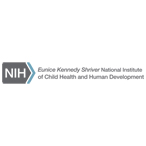

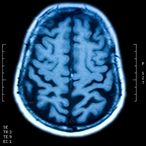
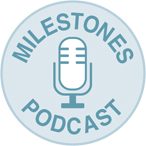


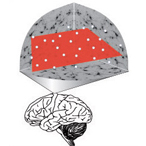
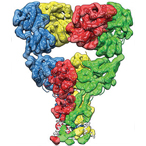

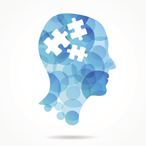

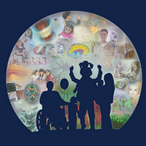
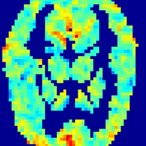

 BACK TO TOP
BACK TO TOP